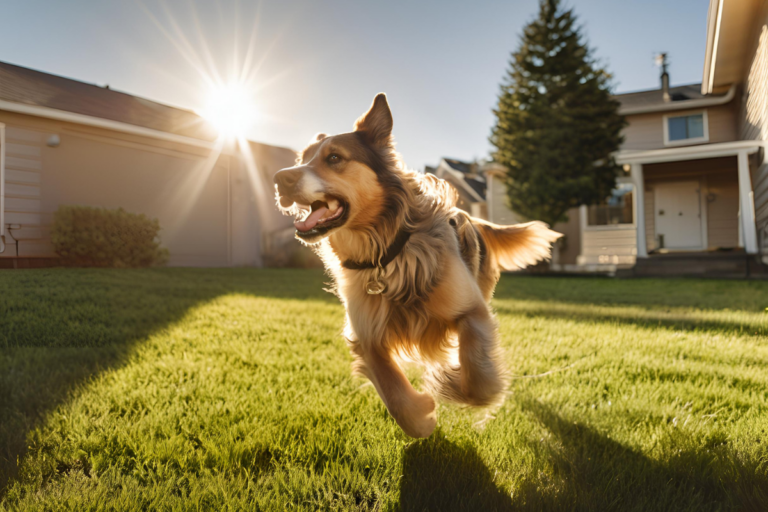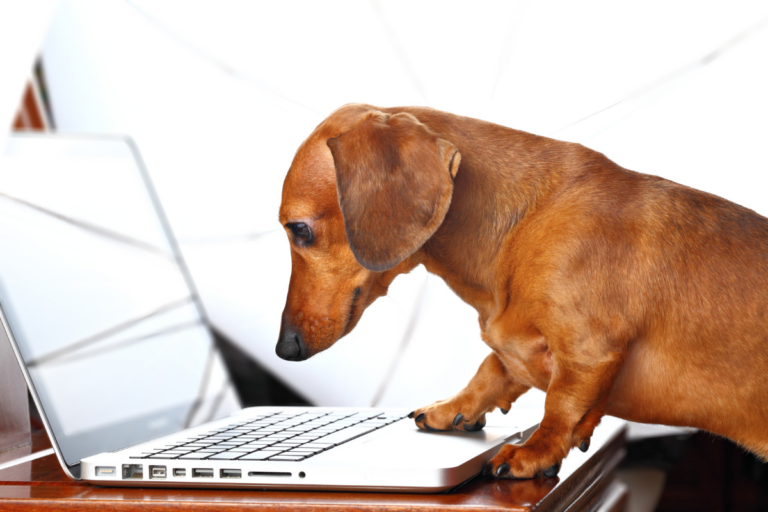Dog Leash Training

Dog Leash Training
Dog leash training should not be overlooked for the simple reason that everyone needs to use a lead or leash to walk their walk and all good behavior can potentially stem from this.
Why is dog leash training so important?
While walking a small toy breed and having them chug along like they’re training for the Iditarod can be annoying, this behavior can be dangerous with large and giant breeds! To make matters worse, a dog does not know its size and there’s no difference in a dog’s mind if it’s a toy poodle or a 170-pound Mastiff! This is why I preach to all, “Treat every dog as if it will become a massive Great Dane!”.
There are certain ways to begin conditioning a young puppy that will result in a well mannered dog when out walking on leash.
People with adolescent or adult dogs rest easy, these tips and techniques for dog leash training can be incorporated at any life stage.
You’ll need to be a bit more persistent though with adults and adolescent animals if they’ve already developed a bad pulling habit.
Dog Leash Training Basics

Just like correcting any bad behavior, basic obedience is the foundation of dog leash training and to stopping a dog from pulling on leash. When I say basic obedience, it’s not so much silly pet tricks, rather the understanding and focus of dog to its handler.
Keeping your dog on heal and commanding a sit is dog leash training in its simplest form.
If you haven’t done so yet don’t miss dog obedience training overview to learn more on basic obedience. The reason a dog is pulling on leash is often a simple one. A dog pulling on leash is excited, keyed in on its surroundings and distracted, unable to focus on its handler.
Who’s walking who? You’ll find across this website that focus and learning by “action and response” is the basis of all my training techniques!

Remember dogs are creatures of habit!
Bad habits when allowed with repetition will become normal behavior to any dog. Add the thrill of going for a walk, the anticipation, all the sounds, sights and scents! It’s no wonder a dog is pulling on leash like a nut case if we as owners don’t condition focus and expected behavior.
Here’s a few quick tips if your dog is a puller that are critical. Read further for ways to condition a calm dog on lead.
[affegg id=3]
Don’t..
Pull back against a puller! You’ll be defeating the purpose as a dog pulling out on tight leash will instinctively pull against whatever force is holding it back. It’s a dog’s natural escape reflex so best bet is to stop in place and use techniques provided below.
Do..
Stop on spot and command a sit or heel. Gain focus and begin walking again once your pup has calmed. It’s all about focus, I promise. Once your dog sits or responds to the command give a calm “good girl”, step forward and begin walking again. Surprisingly, this technique alone will work with many dogs! You must however gain focus! Next.. repeat, repeat, repeat. Remember, dog’s are creatures of habit and learn by doing, “action and response”.
Never get back to walking until your dog responds to the command. She should also focus on you during the sit, or whatever command you call. Focus is key and we’ll use this at times of over excitement when her mind jumps into the “Oh boy I’m a DOG!” state of short circuit.
How do you achieve focus?
With treats, bait, a favorite toy, lure, your voice, eye contact, or whatever you find gains your dogs attention. I’ve used clickers as well with great success to “mark” the moment a dog focuses, followed up with reward. Dogs soon learn that focus is our desired response. Don’t miss our informative article on clicker dog training for a how-to!
Trainers who employ a correction reinforcement program pretty much use the same techniques yet rather than a positive reward and praise, a correction and command such as a leash pop of a the training collar is used.
Here’s a teenager weighing no more than 100-pounds with 275-pounds of dog at heel.

Stay calm and make walks un exciting..
When dog leash training what you do before the walk plays a major role, keep it as un exciting as possible! Many owners, and I’ve been guilty myself, will tend to get excited for their dogs that its time for a walk. Heck, we’ve been couped up at work all day, our poor pups have been stuck inside all day and it’s time to bond right?
Well.. yes but no!
By jingling the leash, collar or tags and happily calling “want to go for a walk?”, we’re taking the canine mind to an excited state and of course our dog will pull, oh boy, oh boy, oh boy!
Try this instead if you have a puller..
Say your hellos and “I’ve missed you”, let your pup out in the back yard if it’s fenced or play some fetch or anything that will let them shed the excess energy. Once the excitement cools down, calmly get the leash and collar without saying a word. You can trust me that your dog will know what’s coming. Creatures of habit remember?
Give it a shot, use some of what we discussed with your puller, keep things calm and repeat, repeat, repeat. Don’t give in if commands aren’t met, stop the walk! Take baby steps, walk 100 feet if that’s what it takes, next 100 yards, a block, around the block and you win!
Of course there are other situations that will certainly arise on your walk that can cause lunging and pulling. Things like other pedestrians, dogs, animals, maybe your dog lunges at cars? The trick here is to body block, get in the line of site between your dog and the focus of attention. Next, distract and command as discussed, get your dog focused on you with a command like “eh”, “eh”!
Walk as pack leader..
When working dog leash training with your pup, body position and demeanor is very critical. Keep the lead short in your hand over the dog with the slack across your front held in the opposite hand. Keep the dogs front shoulders no farther forward than your hip. A dog left 6′ out on leash in front of you will more than likely begin to pull. You are walking the dog as pack leader, project that with body language! You lead, they walk along side on heel or follow.
As last resort there are harnesses that can be helpful during training such as Gentle Leader, Halti and an assortment of devices that manipulate a dog’s body if they pull. These devices seem to work well with large powerful breeds and some use them indefinitely, yet it’s not a mandate. Any dog can be taught to walk with without pulling on leash using a typical collar and dog leash training.
Persistence and patience is key and it’s sometimes a lot of work. Keep steadfast and you’ll reap the rewards and can even walk your dog off leash once the foundation is set!
Remember..
Large or small, any breed can pull on lead and it’s a nuisance. With giant breeds it can also be dangerous! Our dog leash training tips will help with pulling on leash using basic obedience and focus. It’s important to make walks calm and “no big deal” with a over excited puller. And don’t miss the addition problem solving techniques we’ve published by following links provided on our dog behavior and training page.







